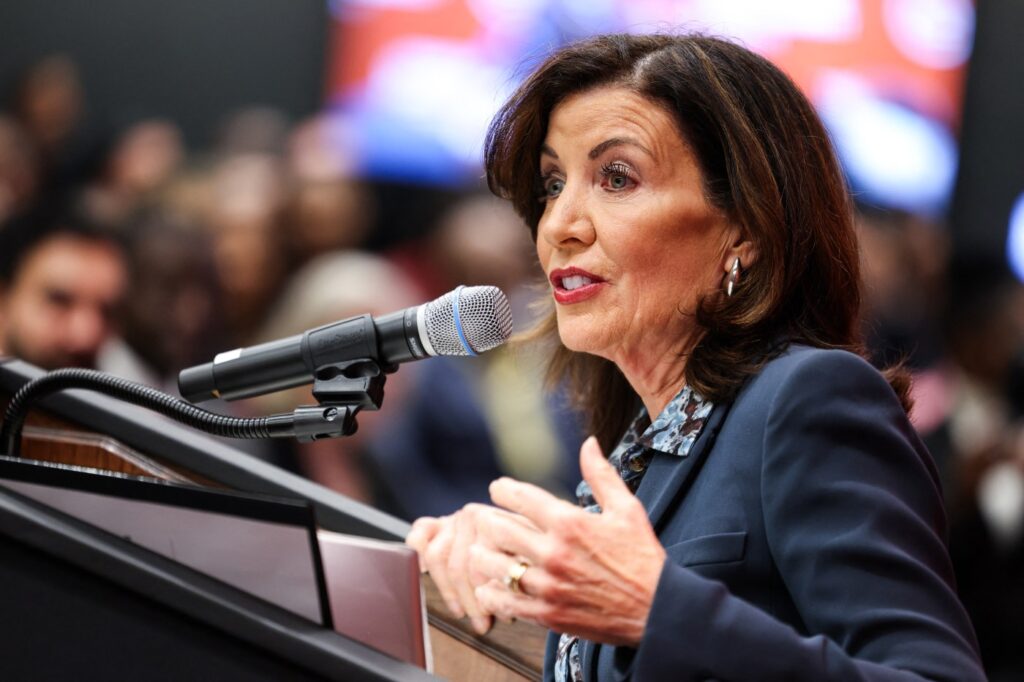
New York Governor Kathy Hochul has approved the construction of a 24-mile natural gas pipeline known as the Northeast Supply Enhancement (NESE). This decision is aimed at addressing potential energy shortfalls and blackouts in the state. The pipeline, once criticized by Hochul during the state’s push for cleaner energy solutions, has garnered support from both business and labor sectors.
The approval comes as New York continues to navigate its energy transition, which began with ambitious clean energy goals set in 2019. While the state is committed to reducing reliance on fossil fuels, the immediate need for reliable energy sources cannot be overlooked. Hochul acknowledges that the transition to renewable energy is critical, but the pace of progress has not met initial expectations.
New York is currently facing a significant challenge in managing its energy supply. Reports from the New York Independent System Operator (NYISO) indicate that the downstate region may experience energy deficiencies in the coming years without timely replacement projects. The potential for rolling blackouts poses a serious risk, particularly during the summer months when demand surges due to increased use of air conditioning. These outages can be life-threatening, especially for vulnerable populations.
While the NESE pipeline is a temporary solution, it underscores the necessity of a diverse energy portfolio. Hochul’s administration is also exploring other energy options, including nuclear power, as part of a comprehensive strategy to achieve long-term energy independence. Notably, another proposed natural gas project, the Constitution Pipeline, has been shelved, highlighting the complexities involved in energy policy decisions.
Critics, including Lt. Gov. Antonio Delgado, argue that the approval of the NESE pipeline signals a retreat from the state’s climate goals. They emphasize the importance of adhering to the 2019 climate law, which aims to phase out fossil fuels. However, supporters contend that practical decisions must be made to ensure energy security while continuing the transition to renewable sources.
The ongoing debate raises questions about the balance between immediate energy needs and long-term environmental objectives. The Greenidge cryptocurrency plant, which relies on gas-fired energy, is one example of a facility whose continued operation has sparked controversy. Many are left wondering who ultimately benefits from such arrangements, particularly when they appear to contradict the state’s climate commitments.
As New York moves forward with its energy strategy, it is essential to strike a balance that prioritizes both sustainability and reliability. The NESE pipeline approval reflects a pragmatic approach to energy management that recognizes the current limitations of renewable technologies. It is a reminder that while the vision for a cleaner future is vital, the reality of energy demands necessitates a nuanced and multifaceted response.







